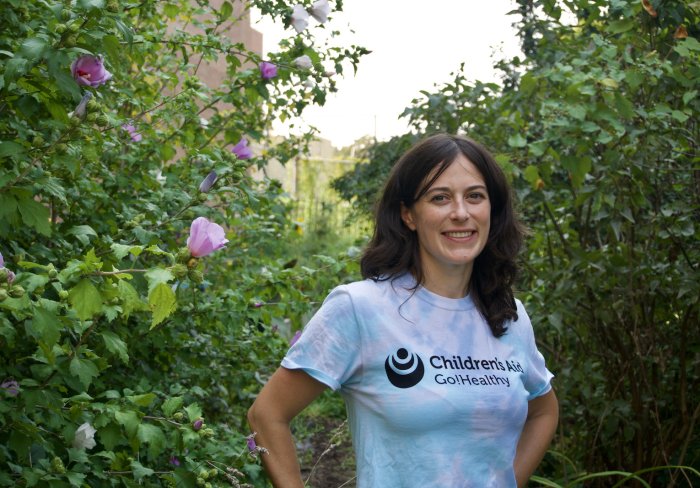When families face multiple barriers to their well-being at home, children experience the effects in school as well. Housing instability, health concerns, financial hardships, and other domestic problems can repeatedly take children out of school, creating a dangerous pattern of chronic absenteeism.
That’s why Children’s Aid has prioritized attendance awareness, whether it’s through our collective impact work in the South Bronx, our leadership on community schools across New York City, or any of the other ways we work to encourage the success of young people in school.
It all starts in pre-K. Even at this early level, chronic absence can damage a child’s long-term learning outcomes. So we work to make sure that families in our services understand the importance of having their children attend school every day. In addition to classroom teachers, family advocates at our pre-K sites are a crucial first point of contact with our families to help them develop strong attendance records. Family advocates will call home to ask parents why their child is absent and how they can support in making sure that students return to the classroom.
Establishing this foundation early is absolutely critical and is just as relevant for kids in elementary school and each successive level. As children advance in school, our work against chronic absenteeism changes shape to better support their needs.
One of our most successful tactics is through mentoring. We employ advocate counselors in many of our elementary and junior high-level community schools, and we use a similar model with teens in high school.
This model pairs students who are chronically absent from school with adult mentors responsible for checking in on them regularly over the course of the academic year. Depending on where a student is on the chronic absentee spectrum, advocate counselors adjust their tactics to support the student.
Their outreach ranges from welcoming students upon arrival in the mornings to calling parents at home when they see a student isn’t in school that day. The model, first implemented in 2013, is utilized in all Children’s Aid community schools. Many of the mentors work in partnership with attendance support teams to track student absences and strategize ways to promote a strong attendance-oriented school culture.
Research shows that chronically absent students who have been assigned a mentor gain, on average, 13 more additional days of school compared to the year prior. Students who are not chronically absent are more likely to have higher GPAs, attend college, and feel more connected to their school community.
Although Attendance Awareness Month wraps up in September, our commitment to helping children attend school every day is year-round. And we will continue to aid them in their academic success every step of the way.







